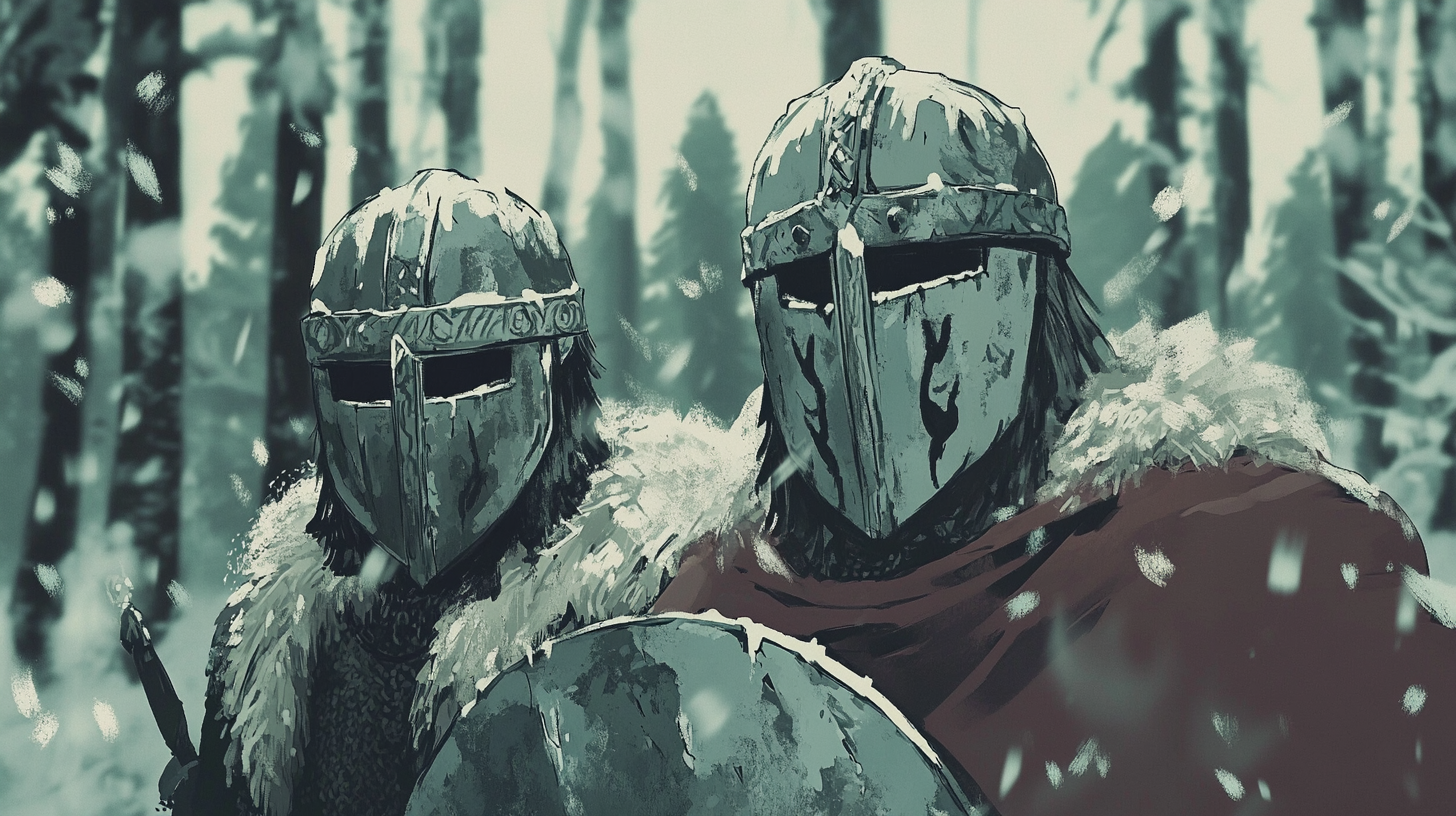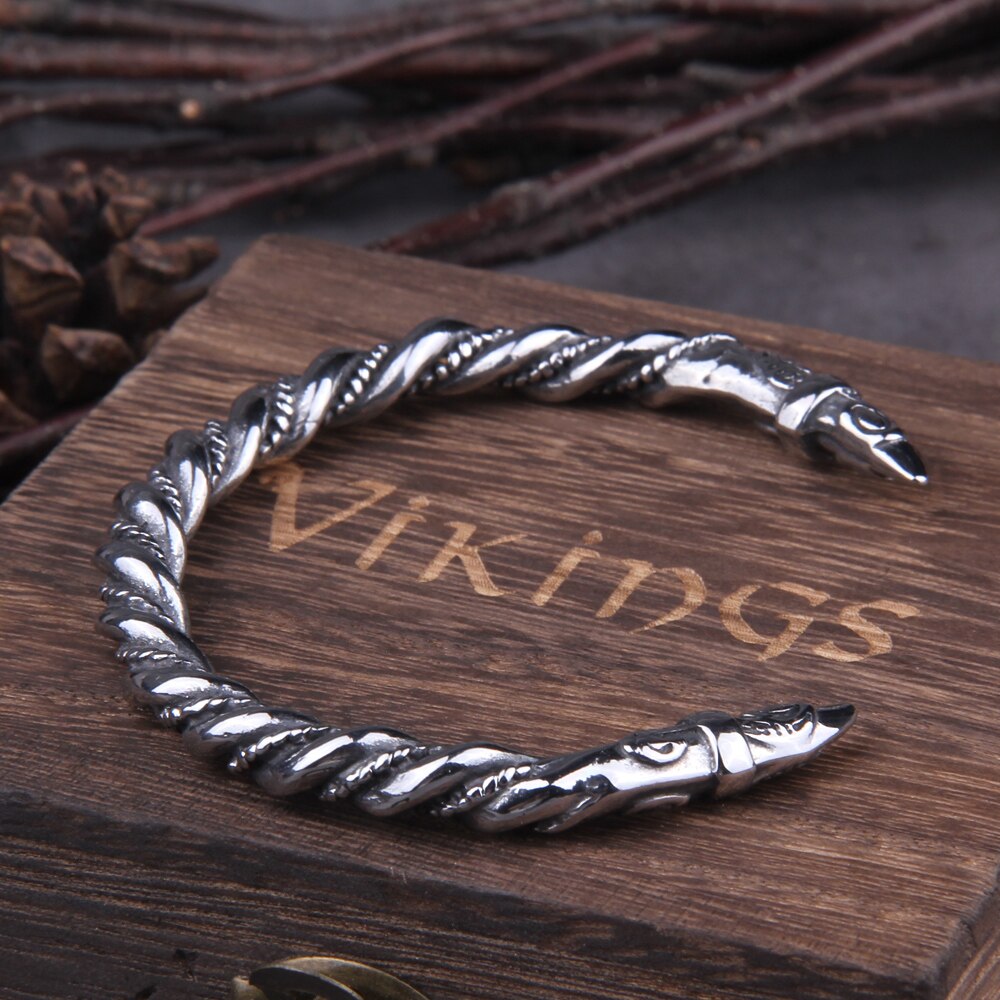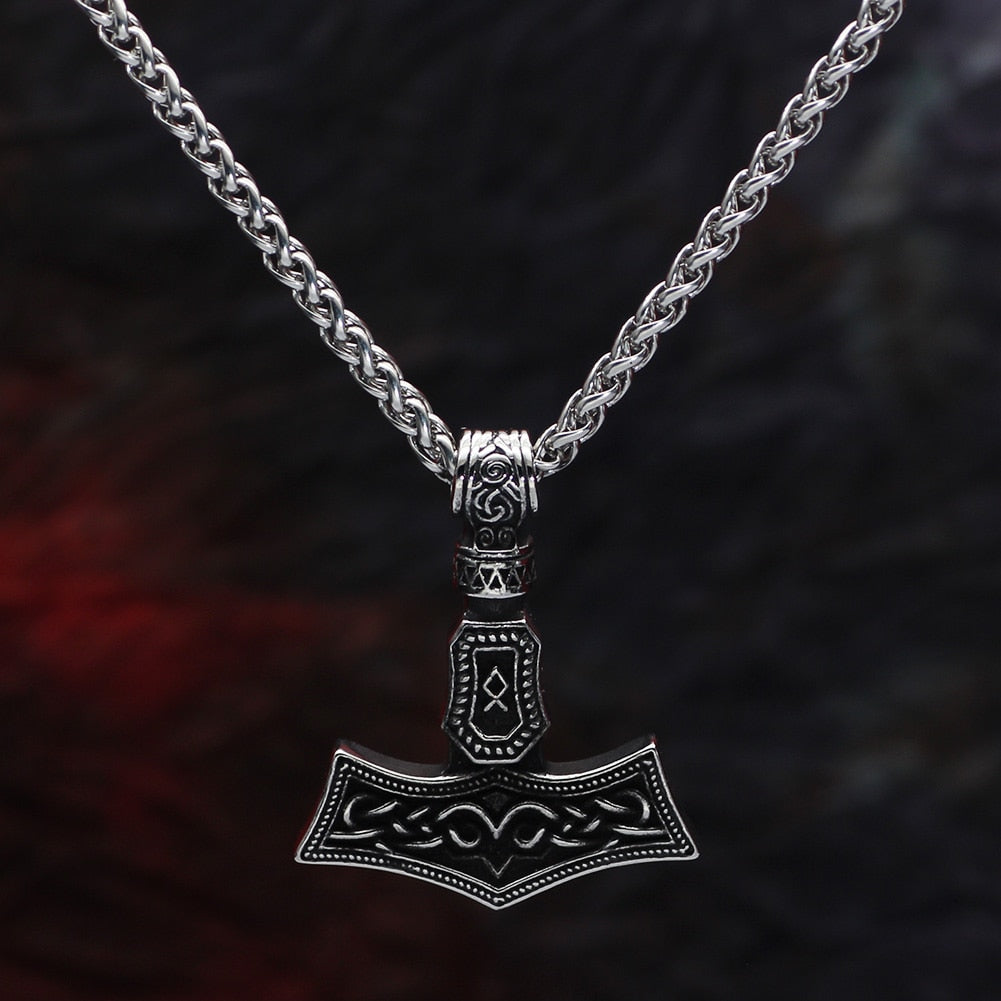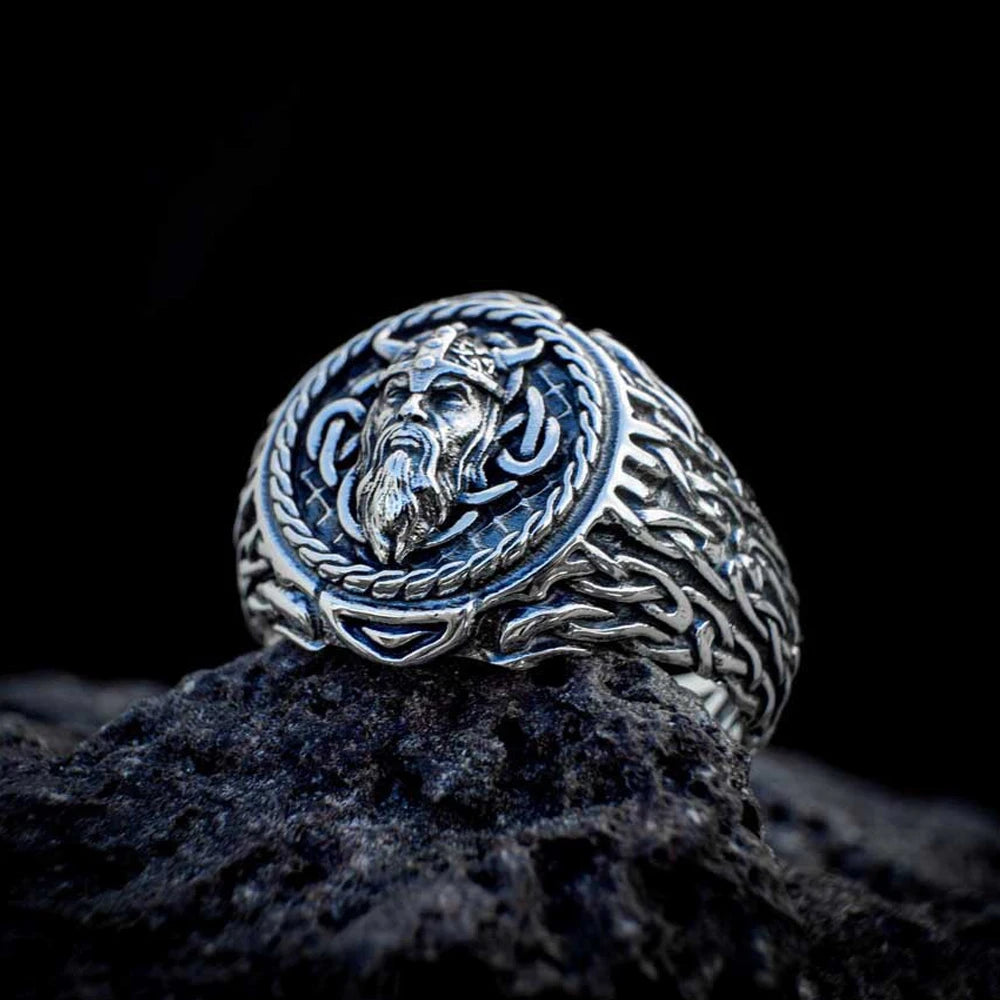Article: Hengist and Horsa: Founders of Anglo-Saxon England
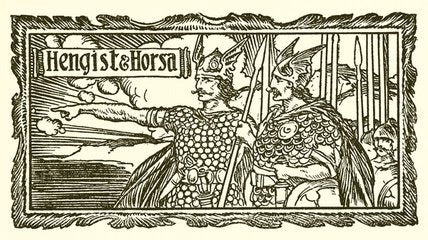
Hengist and Horsa: Founders of Anglo-Saxon England
Among the many semi-legendary figures of the early medieval world, few occupy a position as prominent as Hengist and Horsa. Described as brothers who led the first Anglo-Saxon settlers into Britain in the fifth century, they stand at the threshold between Roman Britain and the emerging Anglo-Saxon kingdoms. Their story has been recounted in the works of Bede, the Anglo-Saxon Chronicle, and the Historia Brittonum, though the details often differ. While historians debate their historicity, the symbolism of their brotherhood and their role in the foundation of Kent is undeniable.
Their tale not only recounts the migration of peoples but also illustrates the values and ethos of the Germanic world, standing in contrast to comparable Indo-European traditions such as the fratricidal myth of Romulus and Remus in Rome. Through these comparisons, Hengist and Horsa emerge as both founders and cultural exemplars, embodying themes of kinship, cooperation, and tribal identity.
Sources and Historiography
The primary written accounts of Hengist and Horsa come from three early sources. The first is Bede’s Ecclesiastical History of the English People (completed in 731), which presents them as leaders of the Jutes invited by the British king Vortigern to serve as mercenaries against the Picts and Scots. Bede names Hengist and Horsa as the sons of Wihtgils, descended from the god Woden, thereby linking them to the divine genealogies claimed by many Anglo-Saxon royal houses.
The Anglo-Saxon Chronicle, compiled in the late ninth century, expands on Bede, recording their arrival in 449 and their battles in Kent, including the death of Horsa at Aylesford. It portrays Hengist as the survivor who consolidates Kent under his dynasty, known as the Oiscingas after his son Oisc.
The Historia Brittonum, traditionally attributed to Nennius and dating to the early ninth century, provides a more hostile British perspective. Here, Hengist and Horsa are portrayed as treacherous invaders who betray Vortigern, seize land, and massacre British nobles at a feast, an episode often referred to as the “Night of the Long Knives.”
Later medieval chroniclers such as Geoffrey of Monmouth further embellished the narrative, weaving the brothers into a grander pseudo-historical framework. Yet across all accounts, Hengist and Horsa remain constant figures in the story of the Anglo-Saxon settlement.
Historical Context of the Migration Period
The story of Hengist and Horsa cannot be separated from the wider dynamics of the fifth century. In 410, the Roman administration withdrew from Britain, leaving local leaders to fend for themselves against incursions by Picts and Scots. The Roman military machine, which had once defended the northern frontier and the coasts, no longer supplied soldiers or funds.

Migration routes of the Germanic Tribes during the second to fifth centuries (Illustration: MapMaster Wikicommons, CC BY-SA 2.5)
In this power vacuum, British rulers turned to the Germanic warriors across the pond for assistance. Such mercenary service was not unusual; foederati agreements existed across the crumbling Roman world, from Gaul to Italy. The Jutes, Saxons, Angles and even some Frisians who crossed the North Sea brought not only military skill but also families, seeking new lands to settle. Hengist and Horsa, whether historical chieftains or legendary archetypes, represent this transformative moment when Britain ceased to be Roman and began its path toward becoming England.
Hengist and Horsa in the Narratives
According to Bede, Hengist and Horsa arrived in Kent around 449 with three keels of warriors. Vortigern, struggling to defend against northern incursions, welcomed them and granted them land in Thanet. Their military service initially succeeded, driving back the Picts.

Hengist and Horsa arriving in Britain (Illustration: Richard Rowlands).
However, tensions soon arose. The Anglo-Saxon Chronicle records that the brothers called for reinforcements, and their numbers swelled. Conflict with the Britons followed, culminating in battles such as Aylesford, where Horsa was slain, and Crayford, which cemented Anglo-Saxon control.
The Historia Brittonum presents the relationship with Vortigern in darker terms. It accuses Hengist of demanding his daughter Rowena in marriage for Vortigern, thus securing further influence. Eventually, the brothers orchestrated a massacre of British leaders at a peace feast, an act of calculated treachery that allowed them to seize territory more decisively.
Despite discrepancies in detail, both traditions agree that Hengist survived and established the royal house of Kent. His descendants, beginning with Oisc, played a formative role in early English history.
Kinship and Symbolism of the Brothers
The fact that Hengist and Horsa are remembered as brothers is not incidental. Across Indo-European traditions, paired brothers often serve as founders, culture-bringers, or divine intermediaries. Their very names are telling: “Hengist” means “stallion” and “Horsa” simply “horse,” terms deeply embedded in Germanic and wider Indo-European symbolism.
Their dual leadership and cooperation contrast with the Roman myth of Romulus and Remus, where fratricide inaugurates the city of Rome. In Germanic tradition, brotherhood more often emphasizes kinship, shared duty, and the survival of the tribe. Hengist and Horsa mirror another pair of ancestral brothers, Angul and Dan, remembered as the progenitors of the Angles (English) and the Danes. Just as Angul and Dan embody the cooperative foundation of peoples, Hengist and Horsa embody the joint creation of a kingdom in Britain.
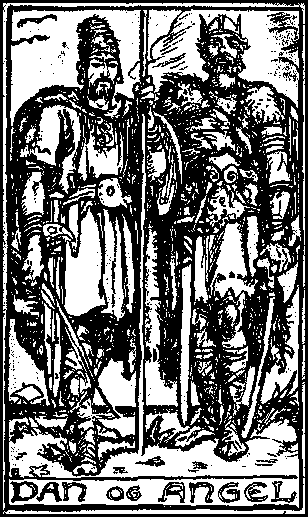
Dan and Angle, the progenitors of the English and Danes
This comparison underscores differing cultural outlooks. Roman myth emphasizes singular dominance, the stronger brother eliminating the weaker. Germanic ethos, by contrast, generally highlights the endurance of kinship and the collective. While not without examples of betrayal and rivalry, the survival of both brothers—until Horsa’s battlefield death—illustrates a cooperative foundation story more aligned with tribal unity. Even in tales where kin slay kin, such acts are never celebrated but portrayed as disastrous, bringing disorder and curse rather than triumph.
The Kingdom of Kent and Legacy
Following Horsa’s death, Hengist consolidated power in Kent, a kingdom notable for its strong concentration of Jutish settlers. Unlike the Anglian and Saxon predominance in other regions, Kent was remembered in both Bede and the Anglo-Saxon Chronicle as essentially Jutish territory, where Hengist and his followers established a lasting foothold. His son Oisc succeeded him, lending his name to the Oiscinga dynasty, which ruled Kent for generations. Strategically positioned along the Channel and the Thames estuary, Kent became one of the earliest and most enduring Anglo-Saxon kingdoms.
Kent’s dynasty traced its lineage to Woden, a common practice among Anglo-Saxon royal houses that both affirmed divine legitimacy and linked rulers to the broader Germanic mythological framework. The genealogical continuity from Hengist through Oisc into the later kings cemented his place not only as a legendary founder but also as an anchor of dynastic identity.

Illustration of Anglo-Saxon Mjolnir and Gungnir amulets found in Gilton, Kent.
Religion and Mythic Dimensions
The horse symbolism in the brothers’ names has long attracted attention. Horses were central to Germanic religion, serving not only as martial companions but also as sacred mediators between the human and divine. Archaeological evidence from northern Europe — including ritual horse burials and iconography — confirms their cultic significance. Tacitus notes that Germanic tribes kept consecrated white horses, interpreting their movements as omens of the gods, a tradition that endured in early Anglo-Saxon England.
The pre-Christian English also bore the emblem of the White Wyrm, a dragon or serpent figure associated with kingship and warfare. Symbolically, this banner may reflect a continuation of the sacred white horse motif. Both creatures—horse and wyrm—hold liminal, mediating roles: the horse connects mortals to the divine, while the wyrm bridges worldly and cosmic forces. The shared white coloration emphasizes a sacred dimension, linking Hengist and Horsa’s martial authority to deeper Germanic religious traditions.
Within this framework, Hengist and Horsa’s claimed descent from Woden situates them firmly within the mythic landscape. The sacred horse, and by extension the White Wyrm, not only signifies divine favor but also reinforces dynastic legitimacy. While the brothers’ historicity remains debated, the symbolic weight of their names and banners reflects the entwining of religion, politics, and martial authority in early Anglo-Saxon society, highlighting the continuity of Germanic sacred motifs even as they were adapted for human governance and warfare.
Later Reception and Memory
Medieval chroniclers elaborated on Hengist and Horsa’s tale, often bending it to fit contemporary political needs. Geoffrey of Monmouth’s Historia Regum Britanniae integrated them into a sweeping pseudo-history of Britain, while later Tudor writers looked to them as figures legitimizing Anglo-Saxon heritage.
In the nineteenth century, amid rising nationalism, Hengist and Horsa were sometimes celebrated as embodiments of the Germanic roots of the English nation. Their story, though fragmentary in its earliest accounts, became foundational in shaping how England’s beginnings were imagined.
Hengist and Horsa stand at the crossroads of myth and history, symbol and reality. Whether as historical Jutish leaders who established themselves in Kent or as legendary founders embodying archetypal themes, they represent the genesis of Anglo-Saxon England. Their brotherhood reflects the Germanic emphasis on kinship and cooperation, contrasting with the fratricidal myths of Rome. Their legacy lived on not only in the kingdom of Kent but also in the enduring memory of England’s origins.
Frequently Asked Questions (FAQs)
Were Hengist and Horsa real historical figures?
Historians debate their historicity. They may represent historical leaders, legendary archetypes, or a fusion of both.
What sources mention Hengist and Horsa?
They appear in Bede’s Ecclesiastical History, the Anglo-Saxon Chronicle, the Historia Brittonum, and later chronicles such as Geoffrey of Monmouth.
What does their names mean?
“Hengist” means “stallion” and “Horsa” means “horse,” reflecting the deep cultural and religious significance of horses in Germanic society.
How do they relate to Vortigern?
Sources agree they were invited by Vortigern as mercenaries but later came into conflict with him, leading to battles for control of Kent.
What was their legacy in England?
Hengist’s dynasty ruled Kent, shaping early Anglo-Saxon politics. Symbolically, they became remembered as founders of England itself.
References
Bede, Ecclesiastical History of the English People (731).
The Anglo-Saxon Chronicle, various manuscripts (9th–12th c.).
Historia Brittonum, attributed to Nennius (c. 830).
Geoffrey of Monmouth, Historia Regum Britanniae (1136).
Nicholas Higham, The English Conquest: Gildas and Britain in the Fifth Century.
Barbara Yorke, Kings and Kingdoms of Early Anglo-Saxon England.
Martin Welch, Anglo-Saxon England.
